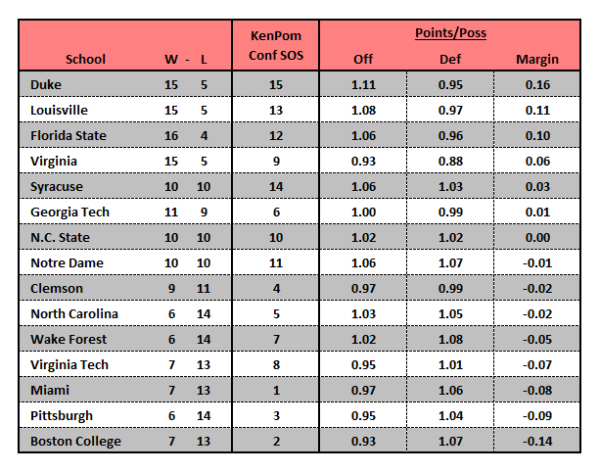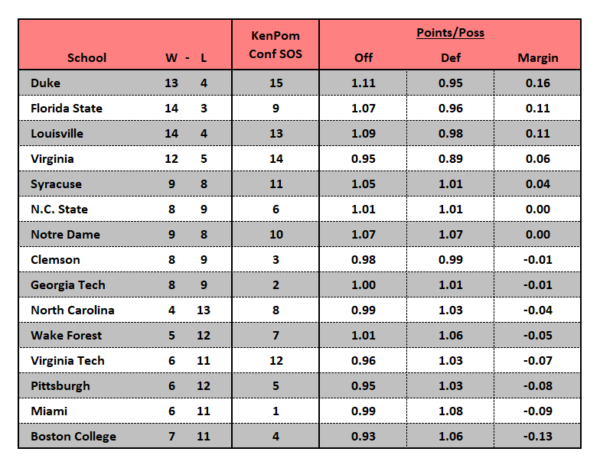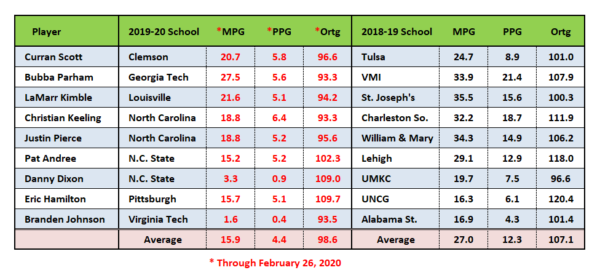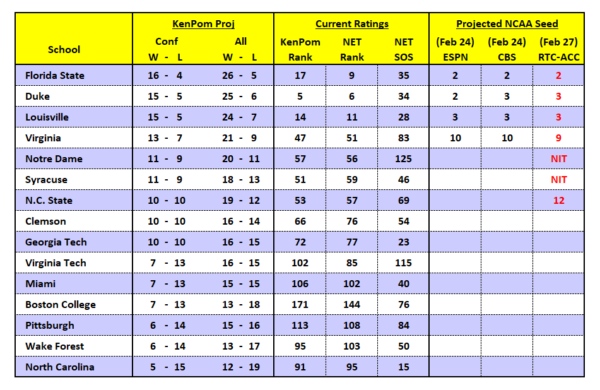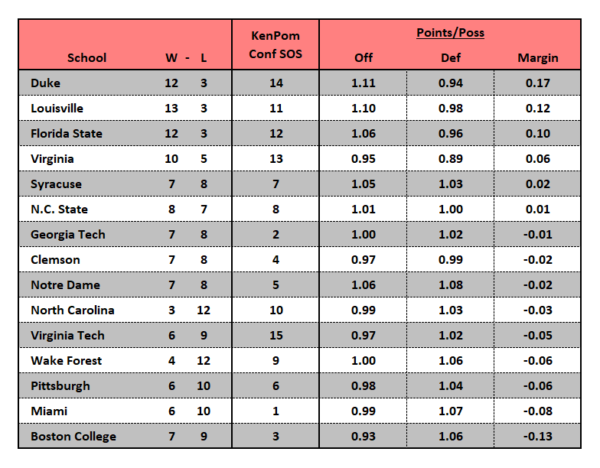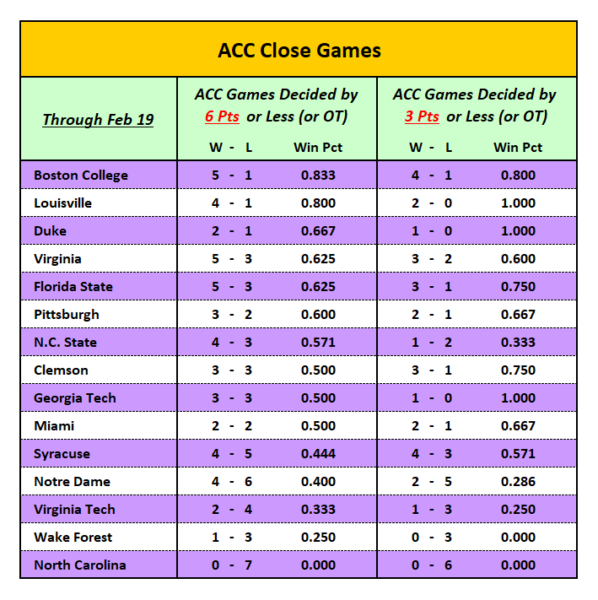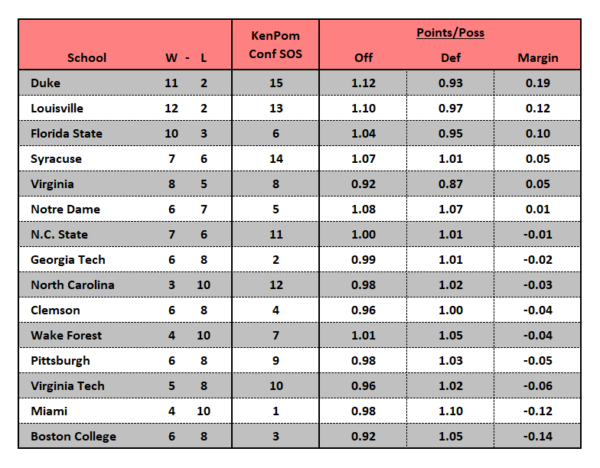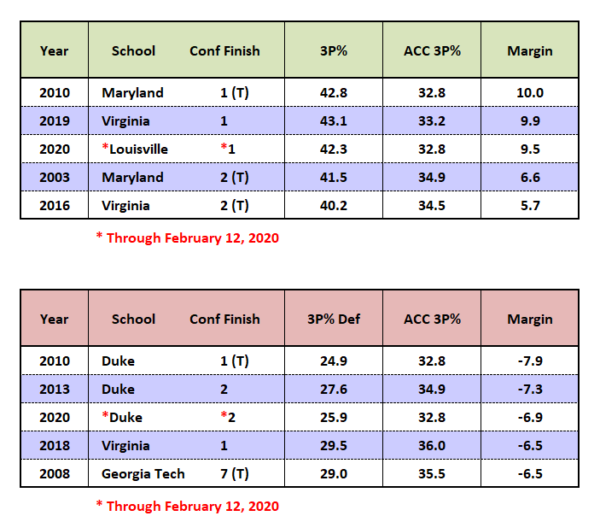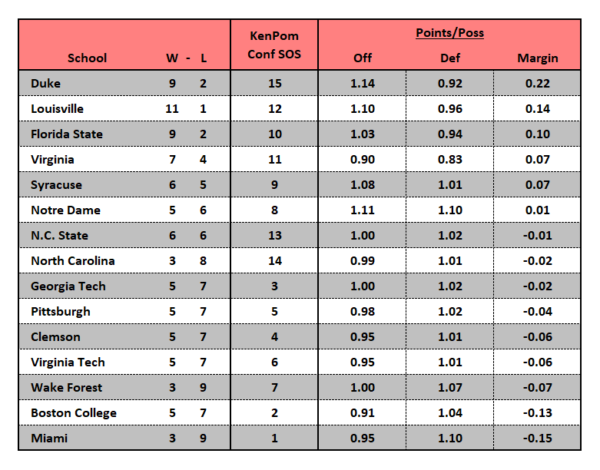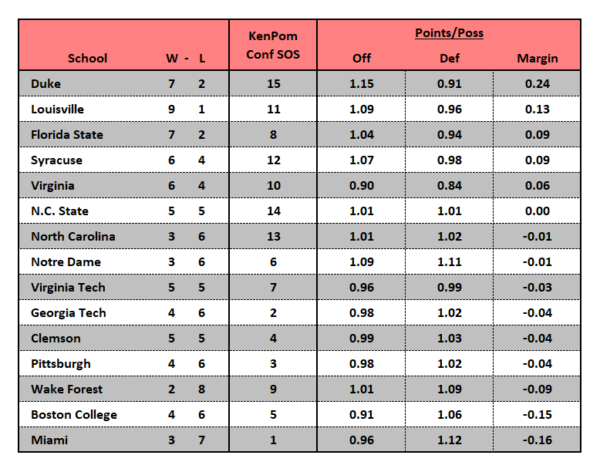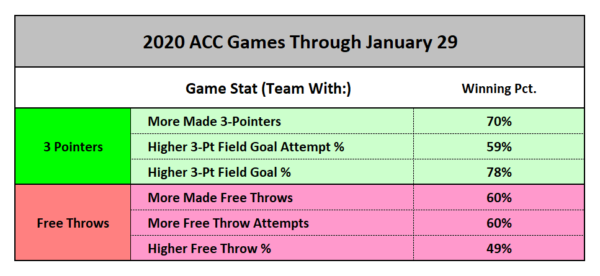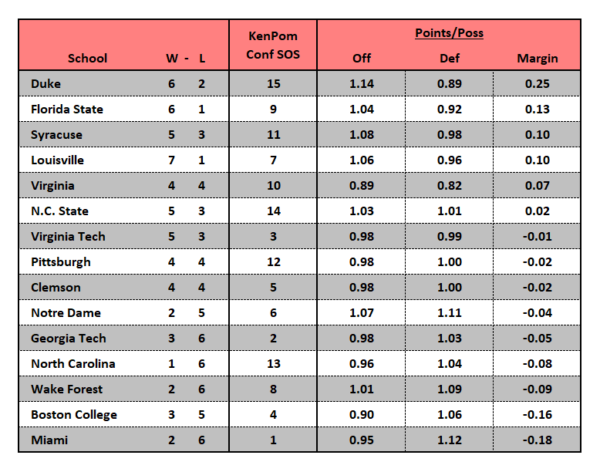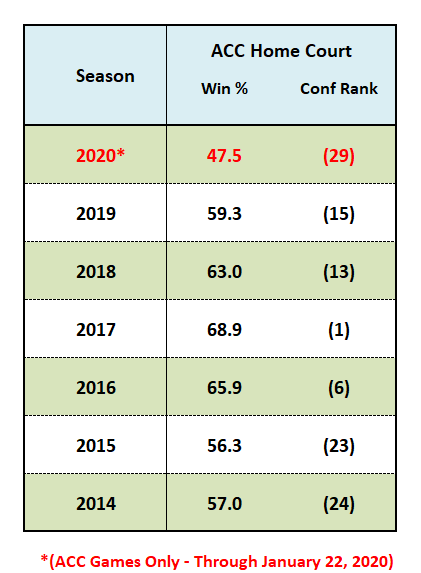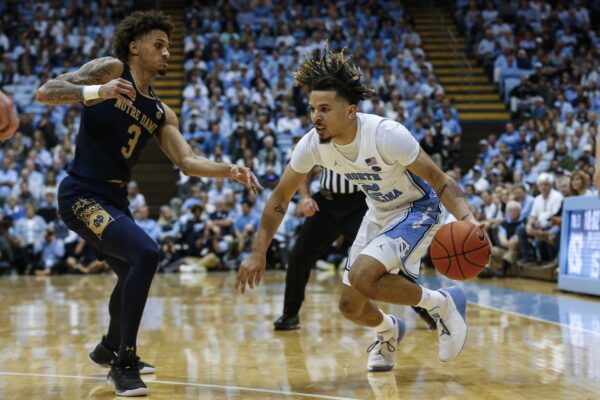2020-21 RTC16: Week 14
Posted by Matthew Eisenberg on March 1st, 2021The lengthy run of Baylor and Gonzaga holding down the top two spots in the RTC16 has finally come to an end with Michigan jumping the Bears this week for the #2 spot. The Wolverines moved up after overpowering victories against Iowa and Indiana last week. Sophomore Franz Wagner has upped his production since Michigan returned from its COVID pause, having now scored 20 or more points in three of Michigan’s five games. While Illinois remains in the top five, the Big Ten was not without a shakeup in the RTC top 10, as Iowa climbed and Ohio State fell this week.
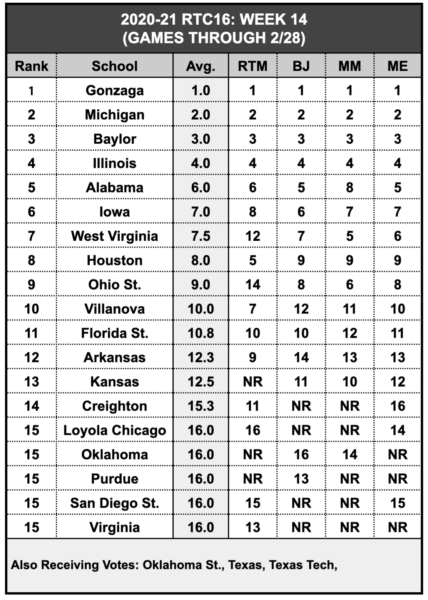
CONFERENCE BREAKDOWN: Big Ten (5), Big 12 (4), ACC (2), Big East (2), SEC (2), AAC (1), MVC (1), MWC (1), WCC (1)
RISING
- Georgia Tech: A win at Virginia Tech was followed up by a home win against Syracuse to move Georgia Tech to 13-8 (9-6 ACC). The Yellow Jackets began February ranked outside of the top 60 in the NET Rankings but now enter March ranked 40th.
- Oklahoma State: No team in the country has a better overtime record than Oklahoma State (4-0), which needed five extra minutes to beat both Texas Tech and Oklahoma this past week. In the Bedlam battle, Cade Cunningham delivered his best performance of the season, dropping 40 points to go along with 11 rebounds and six assists. Oklahoma State prepares for a challenging week with games against Oklahoma, Baylor and West Virginia on the schedule.
- St. Bonaventure: After beating A-10 contender Davidson to start the week, the Bonnies picked up their most lopsided conference win in program history with a 47-point win over George Washington. With some help via a VCU loss, St. Bonaventure has clinched the A-10 title and the top seed in the conference tournament. Sharpshooter Dominick Welch comes into the week hot having made 12-of-20 from deep over his last three games.
FALLING
- Indiana: On Wednesday night the Hoosiers got off to a hot start against Rutgers leading the Scarlet Knights 23-8. From there, nothing went right for IU. Rutgers outscored the Hoosiers 62-27 over the next 25 minutes en route to a 74-63 Rutgers win. Archie Miller’s team followed that up with a home loss to Michigan. Now having lost three straight and six of their last nine, the Hoosiers resume continues heading in the wrong direction.
- Oklahoma: The Sooners stumbled in the RTC16 this week after an 0-2 week which included a loss against lowly Kansas State, a game in which OU led by six points with under four minutes to go. After losing to Oklahoma State in overtime on Sunday, the in-state rivals meet again on Monday night.
- USC: The Pac-12’s “mountain trip” is often described as the toughest road test in the Pac-12 and it proved to be just that to USC. The Trojans dropped a pair and fell out of first place in the league. SC was outscored from beyond the three-point line by 42 points in the two games. The month of February has not been kind to Andy Enfield as his Trojans are just 20-20 in the month over the past five seasons.
NOTABLE GAMES OF THE WEEK
- Monday: Oklahoma @ Oklahoma State (9 PM EST, ESPN)
- Tuesday: Illinois @ Michigan (7 PM EST, ESPN), Baylor @ West Virginia (5 PM EST)
- Wednesday: Creighton @ Villanova (8:30 PM EST, Fox Sports 1), UCLA @ Oregon (9 PM EST, ESPN2)
- Thursday: Oklahoma State @ Baylor, 7 PM EST
- Friday: Georgia Tech @ Wake Forest, 8 PM EST
- Saturday: Illinois @ Ohio State, 4 PM EST
- Sunday: Atlantic Sun, Big South, and Missouri Valley Conference Title Games





























